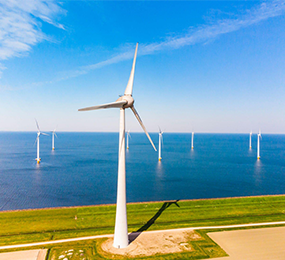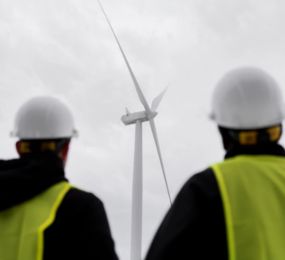The era of reactive maintenance, where equipment failures dictate maintenance schedules, is rapidly fading. In its place, a data-driven approach powered by artificial intelligence (AI) and machine learning is emerging. Predictive maintenance, enabled by these technologies, is transforming how organizations manage their assets, optimize operations, and reduce costs.
How It Works
At the core of predictive maintenance is the ability to anticipate equipment failures before they occur. By analyzing vast amounts of data collected from sensors and other sources, AI algorithms can identify patterns and anomalies that indicate potential problems. This proactive approach allows maintenance teams to schedule repairs or replacements in advance, minimizing downtime and optimizing resource allocation.
Key Benefits of AI-Driven Predictive Maintenance
- Increased Equipment Lifespan: By identifying and addressing issues early, AI helps extend the life of assets.
- Reduced Downtime: Unplanned equipment failures can be catastrophic. Predictive maintenance minimizes downtime by allowing for scheduled repairs.
- Optimized Maintenance Costs: By focusing on predictive rather than reactive maintenance, organizations can reduce overall maintenance costs.
- Improved Safety: Identifying potential failures before they occur can help prevent accidents and injuries.
- Enhanced Asset Performance: AI can optimize equipment performance by identifying areas for improvement.
Challenges and Considerations
While the potential benefits of AI-driven predictive maintenance are significant, there are challenges to overcome. These include:
- Data Quality: The quality of data is critical for accurate predictions. Organizations need to ensure data is clean, complete, and relevant.
- Algorithm Development: Creating effective AI models requires expertise in data science and machine learning.
- Integration with Existing Systems: Integrating AI-driven solutions with existing maintenance and enterprise systems can be complex.
- Change Management: Implementing a new maintenance paradigm requires changes in organizational culture and processes.
AI and machine learning are rapidly evolving, and their applications in predictive maintenance will continue to expand. As technology advances, we can expect even more sophisticated solutions that will further optimize asset management and drive operational efficiency. By embracing this transformative technology, organizations can position themselves for long-term success in an increasingly competitive landscape.
The future of maintenance lies in the intelligent use of data. By harnessing the power of AI and machine learning, organizations can move beyond reactive maintenance and into a proactive era of asset management.
To register or learn more about the Forum please check here: https://www.leadventgrp.com/events/4th-annual-offshore-wind-operations-and-maintenance-forum/details
For more information and group participation, contact us: [email protected].
















